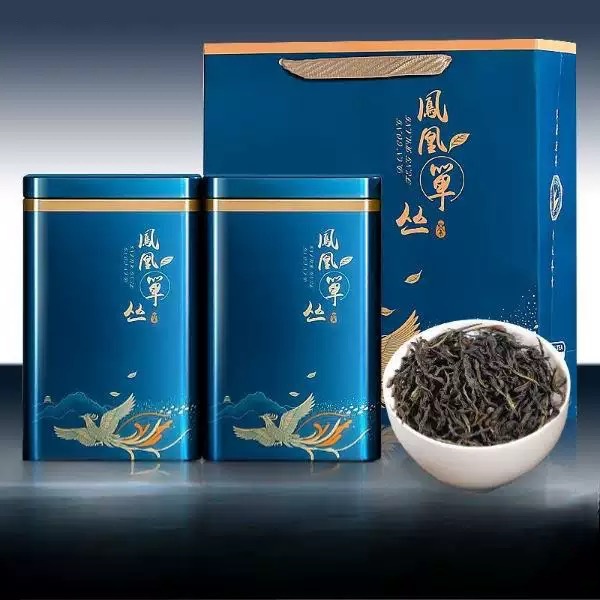The Origin and Evolution of Oolong Tea

html
The Origin and Evolution of Oolong Tea
Introduction
Oolong tea, a semi-oxidized tea with a rich history, is one of the most celebrated varieties of tea in the world. Its unique flavor profile, ranging from floral and fruity to woody and roasted, has captivated tea enthusiasts for centuries. But where did this exquisite tea originate, and how has it evolved over time?
The Origins of Oolong Tea
The exact origins of oolong tea are shrouded in legend and folklore, but most historians agree that it emerged in China during the Ming Dynasty (1368–1644). The Fujian province, particularly the Wuyi Mountains, is often credited as the birthplace of oolong tea. The name “oolong” translates to “black dragon” in Chinese, a reference to the dark, twisted appearance of the tea leaves.
One popular legend tells of a tea farmer who was distracted by a deer while harvesting his leaves. By the time he returned to his tea, the leaves had begun to oxidize. Rather than discard them, he processed them anyway, resulting in a tea with a unique flavor—what we now know as oolong.
The Evolution of Oolong Tea
Over the centuries, oolong tea production spread beyond Fujian to other regions of China, including Guangdong and Taiwan. Each region developed its own distinct style of oolong, influenced by local climate, soil, and processing techniques.
Keyword: Origin and History of Oolong Tea
Wuyi Rock Tea (Yancha)
Grown in the mineral-rich Wuyi Mountains, Wuyi rock teas are known for their bold, mineral flavors and roasted notes. Famous varieties include Da Hong Pao (“Big Red Robe”) and Shui Xian (“Water Sprite”).
Anxi Tieguanyin
Hailing from Anxi County in Fujian, Tieguanyin is a floral and aromatic oolong named after the Buddhist goddess of mercy. Its leaves are tightly rolled, releasing a complex fragrance with each infusion.
Taiwanese Oolongs
Taiwan, formerly known as Formosa, became a major producer of oolong tea in the 19th century. High-mountain oolongs, such as Alishan and Lishan, are prized for their creamy texture and floral sweetness, while Dong Ding oolong offers a more roasted profile.
Modern Oolong Tea
Today, oolong tea continues to thrive, with artisanal producers experimenting with oxidation levels and roasting techniques to create new flavors. From traditional charcoal roasting to modern vacuum-sealed packaging, the evolution of oolong tea reflects both its deep roots and its adaptability.
Conclusion
The journey of oolong tea—from its mythical beginnings in the Wuyi Mountains to its global appreciation today—is a testament to the artistry and innovation of tea makers. Whether you prefer a lightly oxidized, floral oolong or a deeply roasted, earthy brew, each cup tells a story of centuries-old tradition and craftsmanship.
